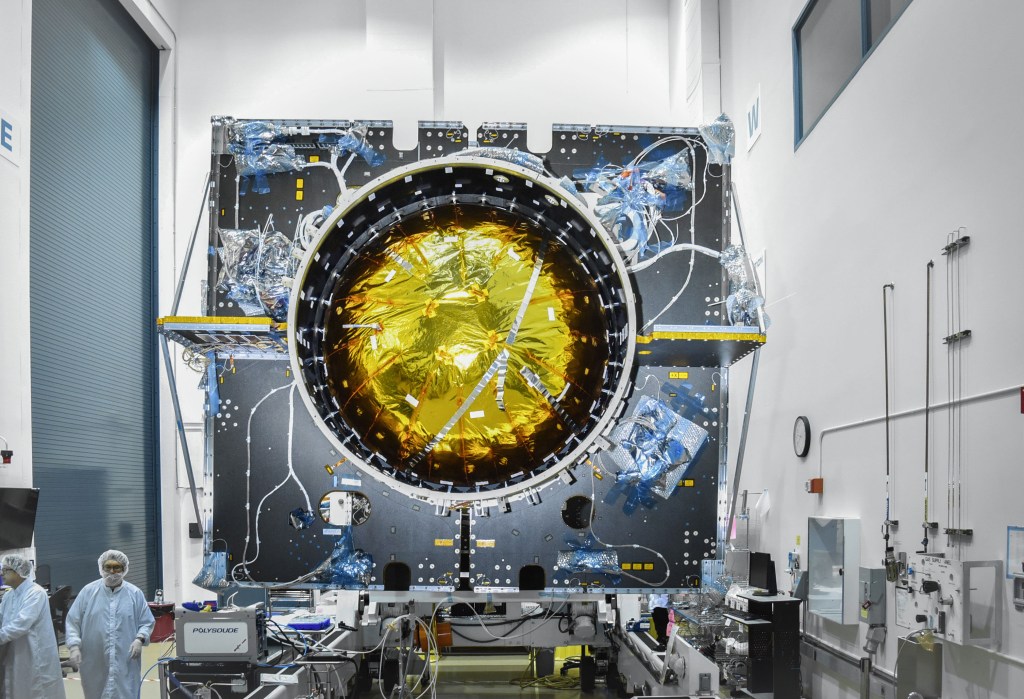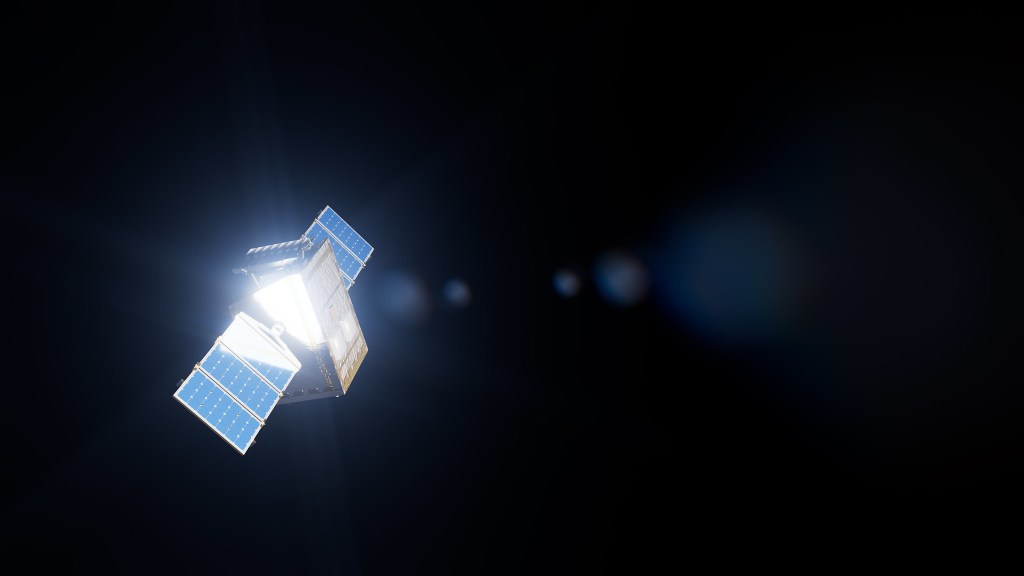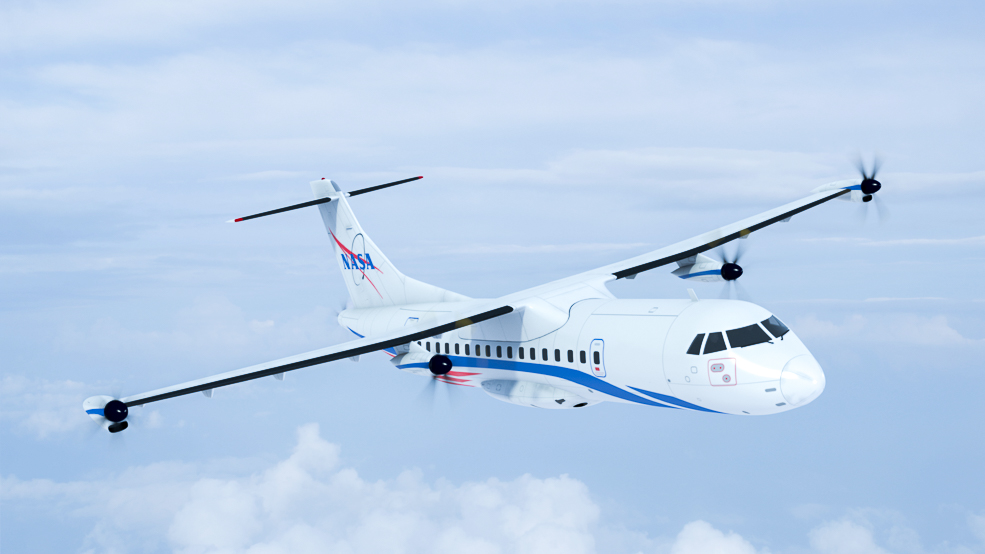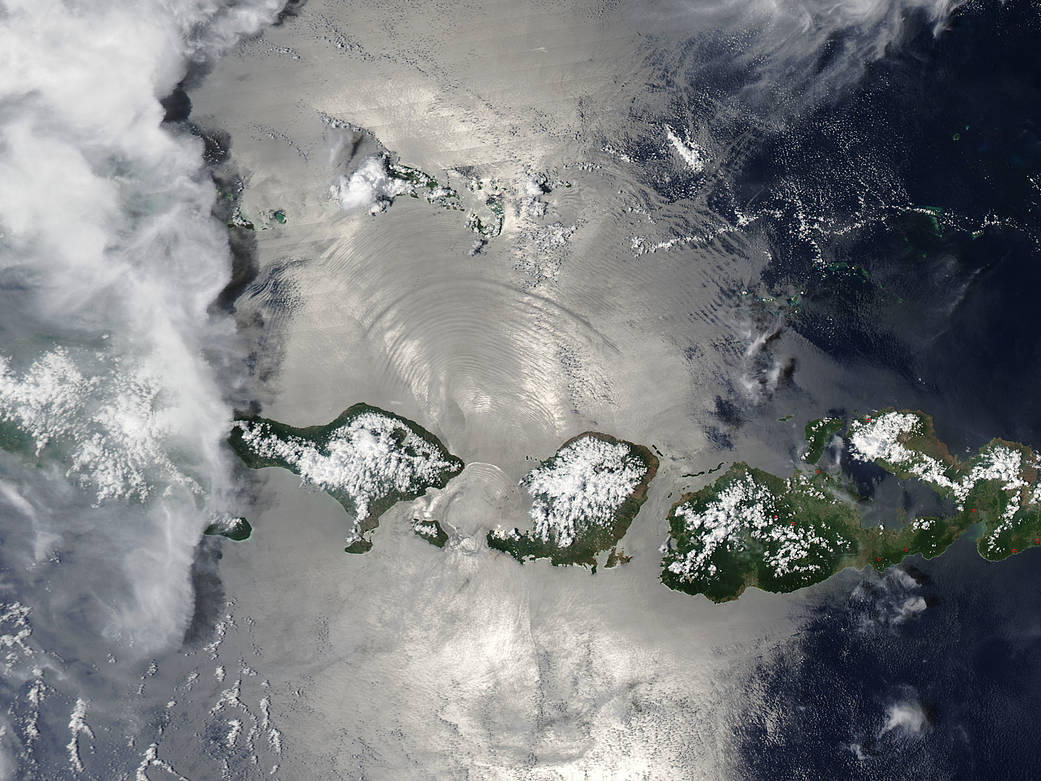On November 1, 2016, NASA’s Aqua satellite passed over Indonesia, allowing the Moderate Resolution Imaging Spectroradiometer (MODIS) on board to capture a stunning true-color image of oceanic nonlinear internal solitary waves from the Lombok Strait.
A bank of clouds covers East Java along the western edge of the image, with a bright sun overhead casting shadows from the clouds along the ocean surface. Away from the clouds, the ocean surface appears a bright silver due to “sunglint”, an optical effect caused by the mirror-like reflection of sunlight off the water surface directly back at the satellite sensor. Although sunglint washes out many features, it also reveals details about the water surface that are usually hidden from view. In this case, sunglint exposes the waves created by the movement of currents in the ocean water.
Internal waves are generated when the interface between layers is disturbed, such as when tidal flow passes over rough ocean floors, ridges, or other obstacles. The Lombok Strait, which is a relatively narrow passageway between Bali (west) and Lombok (east), allows flow of water from the Pacific Ocean into the Indian Ocean. The bottom of the strait is complex and rough, consisting of two main channels, one shallow and one deep. Because of the variation in water movement due to the complexity of the channels and ocean interface, the tides in the strait have a complex rhythm but tend to combine about every 14 days to create an exceptionally strong tidal flow. It is the combination of rough topography, strong tidal currents, and stratified water from the ocean exchange that makes the Lombok Strait famous for generation of intensive internal waves.
Image Credit: Jeff Schmaltz, MODIS Land Rapid Response Team, NASA GSFC






























